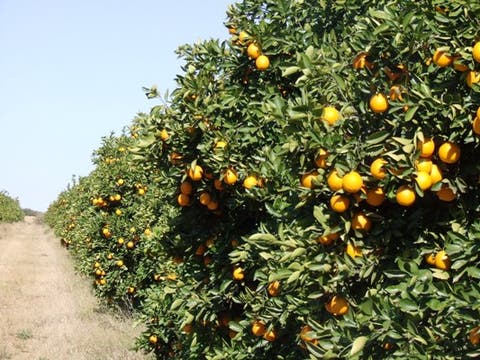Citrus exports rakes in US$33,8 million
Zimbabwe’s citrus exports raked in US$33,8 million in 2022 with fresh or dried oranges singled out as the main contributors to exports receipts, the Competition Tariffs Commission (CTC) has said.
In its latest newsletter, CTC said the country’s citrus exports have been increasing over the past eight years with the highest export value of US$33,781 million recorded last year.
“In 2021, citrus fruit production in Zimbabwe was 138,264 metric tons (MT) and has been growing at an average annual rate of 2,89 percent, according to the World Bank. It exported 57,283 MT of citrus produce to the UK, Singapore, UAE, Malaysia, Hong Kong, Netherlands, and Zambia,” said CTC.
Zimbabwe and China entered into a Citrus Export Agreement (CEA), a development that CTC said will open new opportunities to boost agricultural trade.
THE Competition and Tariffs Commission (CTC)
Eleven citrus orchards and six citrus pack houses from Zimbabwe were selected to be part of the citrus exporters to China.
Fresh citrus produce to be exported include sweet orange (citrus sinensis), mandarin orange (citrus reticulata), grapefruit (citrus paradisi), lemon (citrus limon and citrus aurantifolia) and sour orange (citrus aurantium).
The commission said the agreement will bring increased demand for agricultural produce and improvement in the balance of trade as well as the transformation of the farming industry and gaining new markets.
“China’s import of Zimbabwean citrus produce will increase citrus exports compared to 2022. The CEA facilitates citrus exporters’ access to a bigger market and market diversification opportunity reducing dependence on local markets,” they said.
“Given that farmers are complying with General Administration of Customs of China (GACC) standards, this means investment into machinery and processes to ensure that products meet standards. Improvements in local farms and orchards transform the farming industry through innovations and adoption of new technologies.”
According to Trade Map, China imported citrus fruits worth US$594 million in 2019 alone.
China’s orange production has slightly increased over the past three years from 2018/19 to 2020/21, from 7 200 000 MT to 7 500 000 MT, while consumption increased from 6 989 000 MT to 7 335 000 MT.
CTC noted that in the same period, there has been a drastic reduction in imports from 4 340 000 MT to 2 900 000 MT and stagnant exports of 55 000 MT.
“Before the pandemic, China’s orange imports witnessed seven consecutive years of growth. This indicates that China has great national demand for oranges that can be fulfilled by importation. With stability coming into play post-pandemic and sudden growth in demand, this creates growth opportunities for Zimbabwean agricultural citrus farmers. Zimbabwe can tap into the Chinese citrus fruit market which has been affected by the citrus imports reduction due to sudden increases in freight and labor costs and the negative impact of Covid-19,” said CTC.
To fully exploit the export market opportunities, CTC said the development of semi-arid regions in Zimbabwe can be through citrus production in the Shashe community in Beitbridge where a large irrigation scheme for 189 communal farmers growing citrus fruits has been established.
The scheme, spearheaded by Government and development partners, revamped 200 hectares that had been collapsing due to high operational costs.
“Zimbabwe utilises 5 000 hectares from 10 000 hectares of land previously under citrus production. Citrus production has also shifted from the northern (Mazowe) to the southern part (Beitbridge) of the country.
“According to the Quarterly Labour Force Survey, the total number of employed persons in the fruits value chain is 7 484. The revamp of production in Beitbridge has an overarching impact on jobs and further multiplier effects into the economy and surrounding communities have begun to supply oranges to Beitbridge Juice Plant run by Schweppes Holding. Such models can be replicated to ensure Zimbabwe meets its local demand for citrus fruits concurrently exporting into China through the CEA.”-chronicle








